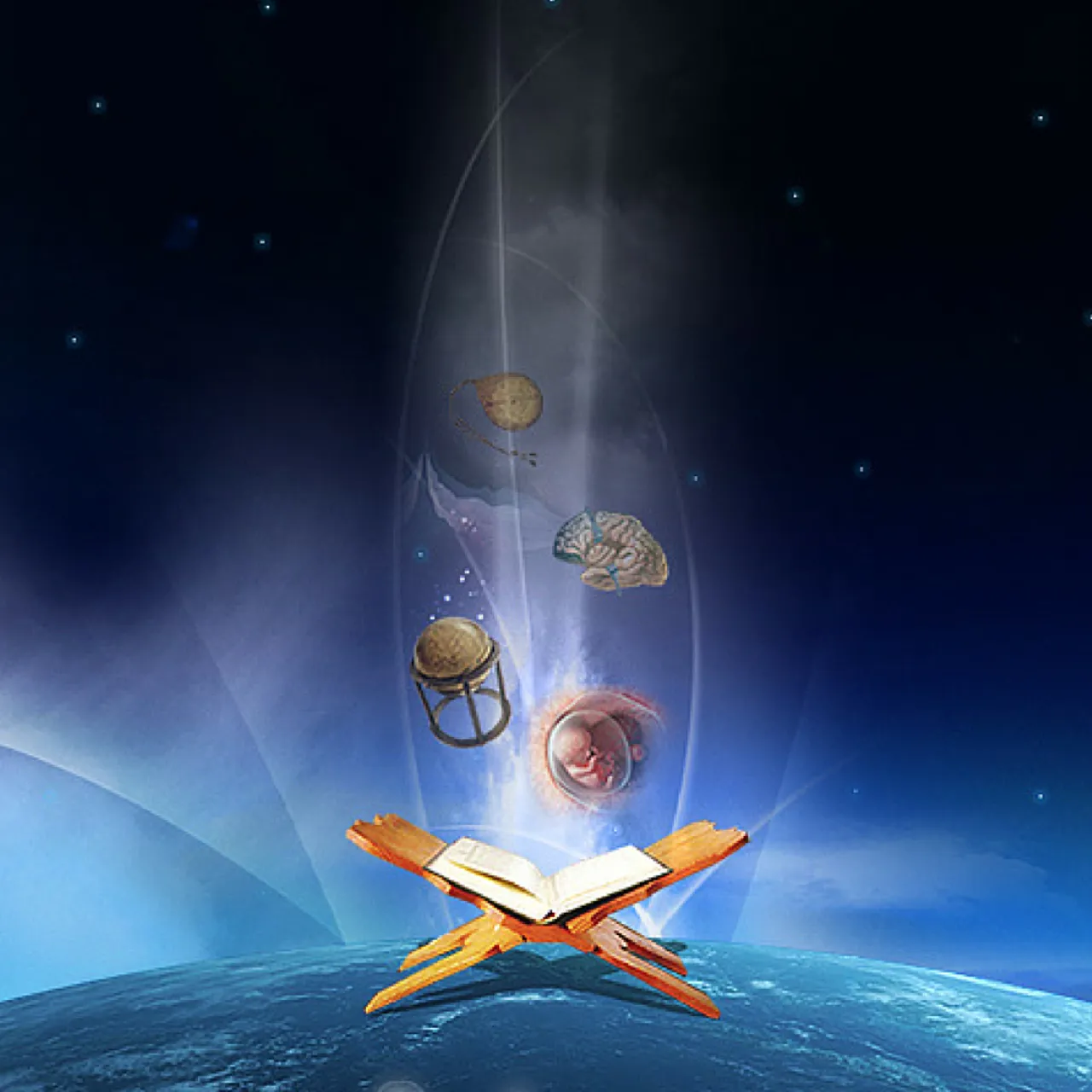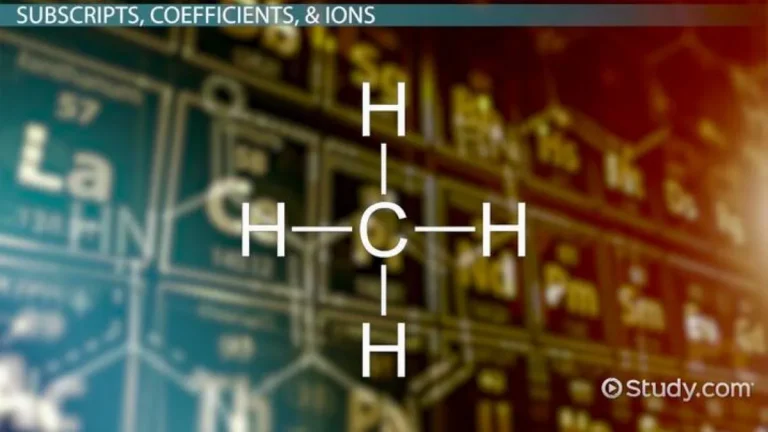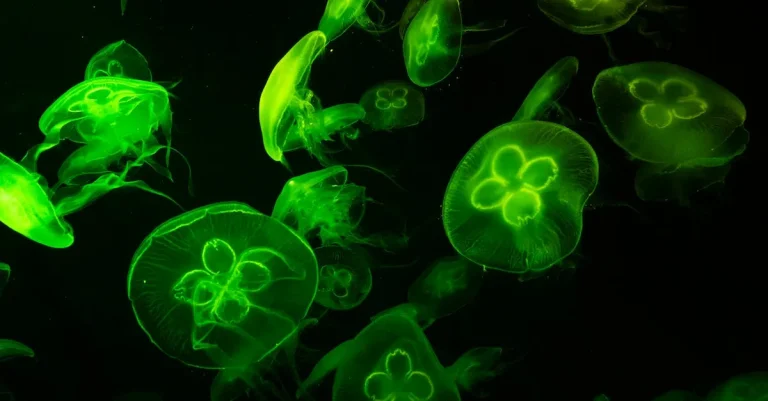Science In The Quran: How Scientific Facts Were Detailed By The Quran Over 1000 Years Ago
The Quran is the holy book of Islam believed by Muslims to contain the revelations and words of Allah. Apart from its religious significance, many verses in the Quran describe natural phenomena and scientific facts that have intrigued scholars for centuries.
If you’re short on time, here’s the key point about science in the Quran: The Quran contains numerous verses aligned with modern scientific discoveries – like the expansion of the universe, stages of human embryo development, and underground water cycles – despite being revealed over 1400 years ago when these concepts were unknown.
This comprehensive guide will analyze examples of scientific facts detailed in the Quran well before they were discovered by modern science. We will cover Quranic verses related to astronomy, biology, geology, physics, and more.
Understanding science in the Quran provides insight into its divinity for believers, while offering fascinating knowledge at the intersection of religion and science.
Astronomy in the Quran
The Expanding Universe
The Quran amazingly states that the universe is expanding long before modern astronomers discovered this phenomenon. In chapter 51, verse 47 it is written: “And the heaven We constructed with strength, and indeed, We are expander.”
This aligns with the modern view of an expanding universe that emerged after the Big Bang approximately 13.8 billion years ago.
Origin of the Universe from Smoke
The Quran provides insight into the origin of the universe in chapter 41, verse 11: “Then He directed Himself to the heaven while it was smoke and said to it and to the earth, ‘Come (into being), willingly or by compulsion.’ They said, ‘We have come willingly.'”
This aligns with the modern view that the universe originated from a hot dense state of matter and energy early in its history.
Stars as Fuel Burning for Light
In chapter 25, verse 61 the Quran states: “Blessed is He who has placed in the sky great stars and placed therein a ‘burning’ lamp and luminous moon.” This indicates an understanding that stars produce light through burning fuel, which was only recently discovered by scientists.
Human Development and Embryology
Stages of Embryo Formation
The Quran provides remarkable insights into the stages of human embryo formation, which were only discovered by modern science much later. According to the Quran, human development begins with the fusion of a male and female gamete, forming a zygote.
The zygote then undergoes a series of division and differentiation, eventually forming an embryo. This corresponds to the modern understanding of embryology, which recognizes the stages of fertilization, cleavage, gastrulation, and organogenesis.
It is fascinating to see how the Quran accurately describes these stages of human development, even though this knowledge was not available at the time of its revelation. This serves as a testament to the scientific accuracy of the Quran and its ability to provide insights into various fields of study.
Gender Determined by Sperm
The Quran also touches upon the topic of gender determination, stating that it is the male sperm that carries the genetic information determining the sex of the offspring. This concept was not fully understood until modern scientific advancements in the field of genetics.
Recent scientific research has confirmed that it is the sperm that carries either an X or Y chromosome, which determines the sex of the baby. If the sperm carries an X chromosome, the baby will be female, and if it carries a Y chromosome, the baby will be male.
This aligns with the Quranic understanding that the male sperm plays a crucial role in determining the gender of the child.
Bones Formed Before Flesh
Another fascinating detail mentioned in the Quran is the order in which bones and flesh develop during embryonic growth. The Quran states that bones are formed before the flesh, a fact that was not known until modern embryology discovered the process of ossification.
During embryonic development, the skeleton begins to form before the muscles and other soft tissues. This is due to the process of ossification, where cartilage is gradually replaced by bone tissue. The Quran’s description of this sequence of events is incredibly accurate and demonstrates an advanced understanding of embryology for its time.
The scientific accuracy of these details in the Quran is truly remarkable and serves as evidence of its divine origins. It is astonishing to think that over 1000 years ago, the Quran provided insights into human embryology that were only discovered by modern science much later.
Earth and Geologic Sciences
The Quran contains several references to scientific facts related to the Earth and geology, providing insights that were not fully understood until modern times. These verses provide evidence of the knowledge and wisdom contained in the Quran, which was revealed over 1000 years ago.
Let’s explore some of these fascinating scientific facts.
Underground Water Sources
The Quran mentions the existence of underground water sources, which were not fully understood until modern geological studies. In Surah Al-Anbiya (Chapter 21), Verse 30, it states: “And We made every living thing from water. Will they not believe?”
This verse indicates that water is the source of all living things, highlighting the importance of water in sustaining life.
Furthermore, in Surah Al-Mulk (Chapter 67), Verse 30, it mentions: “Do those who disbelieve not see that the heavens and the earth were a joined entity, and We separated them and made from water every living thing?”
This verse suggests that water played a significant role in the creation and development of life on Earth.
Mountains as Stabilizers
The Quran also describes the role of mountains in stabilizing the Earth’s crust. In Surah An-Naba (Chapter 78), Verse 6-7, it states: “Have We not made the earth a resting place? And the mountains as stakes?”
This verse highlights the crucial function of mountains in preventing the Earth’s crust from shifting, thus providing stability to the planet.
Modern geology confirms that mountains play a vital role in maintaining the stability of tectonic plates. They act as natural barriers, preventing the movement of these plates and reducing the occurrence of earthquakes and volcanic activities.
This scientific fact mentioned in the Quran centuries ago is a testament to the accuracy and depth of its knowledge.
Iron Origins from Outer Space
The Quran also mentions the origin of iron, which was only discovered recently through scientific advancements. In Surah Al-Hadid (Chapter 57), Verse 25, it states: “And We sent down iron, wherein is great military might and benefits for the people.”
This verse suggests that iron was sent down to Earth from outer space.
Modern scientific research confirms that iron is formed in the cores of stars through a process called stellar nucleosynthesis. When these stars explode in supernovae, they release iron and other heavy elements into space, which eventually find their way to Earth.
The mention of iron’s origin from outer space in the Quran aligns with this scientific understanding and serves as another example of its scientific accuracy.
It is truly remarkable to see how the Quran contains scientific facts that were discovered centuries later. These verses provide evidence of the Quran’s divine origin and its ability to address scientific matters with accuracy and depth.
The scientific knowledge contained in the Quran serves as a source of inspiration and guidance for believers, reaffirming their faith in its teachings.
Physics and Chemistry in the Quran
Atoms and Subatomic Particles
The Quran states that all things are made up of particles that cannot be seen with the naked eye. This is now known as the atom and its subatomic particles like protons, neutrons and electrons. The sizes and characteristics of atoms are described in the Quran with surprising accuracy given the limited scientific knowledge at the time (Surah Saba 34:3).
Modern science has confirmed that all matter is composed of invisible building blocks called atoms.
The Hydrologic Cycle
The Quran accurately describes the water cycle of evaporation, cloud formation, rainfall, runoff into rivers and seas over 1400 years before it was fully understood by science. Rain is described as sent down from the sky in measured amounts (Quran 15:22), forming into underground aquifers, rivers and seas (Quran 27:61).
This aligns with the modern understanding of the hydrologic cycle (Wikipedia).
Properties of Seas and Rivers
The Quran mentions that seas have distinct boundaries (55:19-20) and two different seas do not mix but maintain a barrier between them (55:19-20). Rivers are described as having an endpoint or mouth that flows into the sea (Quran 35:12, 25:53).
Modern oceanography confirms that seas indeed have distinct density boundaries and salinity levels that make them layer separately. Rivers merge and mix into seas at river mouths or deltas as described in the Quran.
Biology and Zoology
The Quran provides remarkable insights into the field of biology and zoology, detailing scientific facts that were ahead of their time. These revelations showcase the Quran’s knowledge and understanding of the natural world, further highlighting its divine origins.
Reproduction in Plants and Animals
The Quran describes the process of reproduction in plants and animals with great accuracy. It mentions the male and female components necessary for reproduction and highlights the importance of pollination in plants.
This knowledge aligns with modern scientific understanding and emphasizes the Quran’s attention to detail.
Furthermore, the Quran mentions the development of a fetus in the womb, stating that it goes through stages of creation. This aligns with embryology and the concept of embryogenesis, which was not fully understood until modern times.
It is fascinating to see how the Quran accurately describes these intricate processes long before the development of advanced scientific tools and techniques.
Honeybee Behavior
The Quran also references the behavior and importance of honeybees. It mentions their ability to construct intricate hives, work collectively, and produce honey. These verses highlight the social structure and intelligence of honeybees, which have been confirmed by modern scientific research.
The Quran further emphasizes the medicinal benefits of honey, which has antibacterial properties and can be used as a natural remedy for various ailments. This knowledge is supported by scientific studies that have shown the healing properties of honey, making it a valuable resource for medical purposes.
Medical Benefits in Natural Sources
The Quran also mentions the medicinal properties of various natural sources. For example, it highlights the healing properties of plants like aloe vera and black seed. These references have led scientists to explore the potential medical benefits of these plants, and studies have shown their effectiveness in treating certain conditions.
Additionally, the Quran emphasizes the importance of maintaining a balanced and healthy lifestyle, which includes good nutrition and regular exercise. It promotes the consumption of wholesome foods and discourages excessive indulgence.
These teachings align with modern scientific knowledge about the importance of a healthy lifestyle in preventing diseases and promoting overall well-being.
It is remarkable to see how the Quran provides insights into biology and zoology that were not fully understood until modern times. These scientific facts detailed in the Quran over a thousand years ago serve as a testament to its divine nature and further affirm its relevance in the present day.
Conclusion
In summary, the Quran contains numerous verses that align with modern scientific facts and discoveries in astronomy, geology, biology, physics, and other fields despite predating them by over 1000 years.
To believers, this is evidence of the Quran’s divinity and proof that it could only be the word of Allah. For scholars, these scientific passages provide insight into the advanced knowledge of the early Muslim civilization at the time of the Quran’s revelation.
The intersection of science and Islam’s holy book continues to be an intriguing area of study today. Analyzing science in the Quran deepens our understanding of its meaning and wisdom that has inspired Muslim lives for generations.







